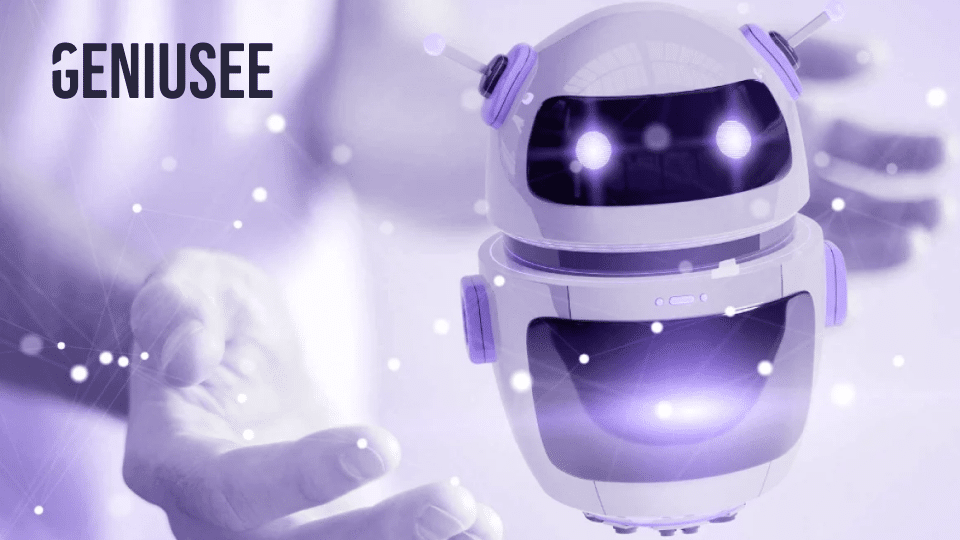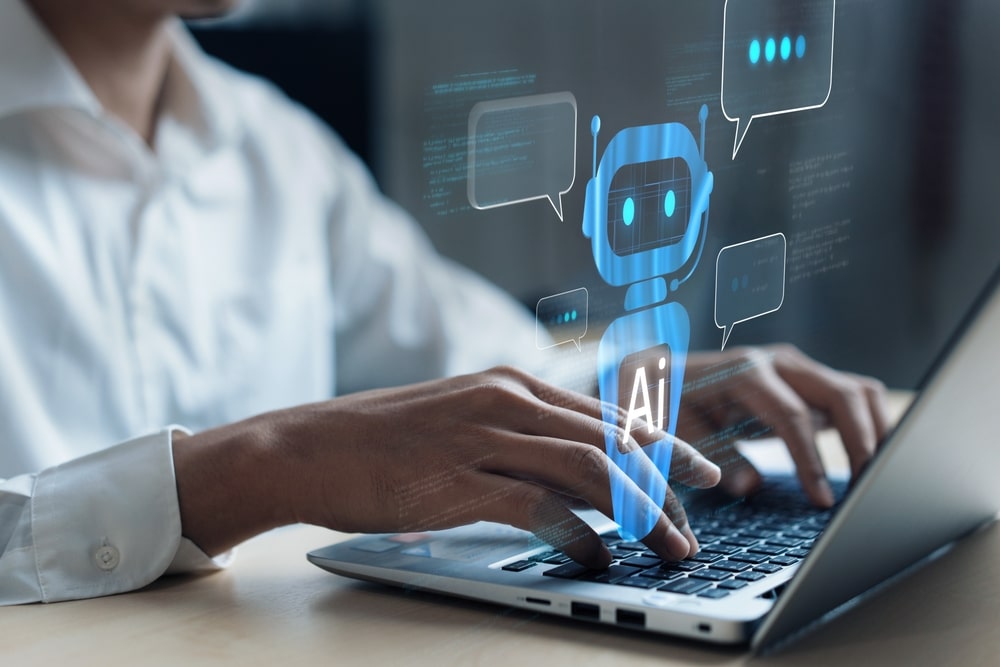In the era of digital innovation, ai chatbot development services are revolutionizing the way businesses interact with their customers. These advanced conversational agents utilize artificial intelligence (AI) and machine learning (ML) to comprehend and address user inquiries in a more human-like way. By offering precise and efficient customer experiences across multiple platforms, AI chatbots are becoming essential tools for modern businesses.
Spearheading this technological revolution is Geniusee, a company renowned for its expertise in developing cutting-edge AI customized chatbot solutions designed to address the specific requirements of different businesses. By utilizing state-of-the-art technologies natural language processing (NLP) and machine learning (ML), they empowers organizations to deploy chatbots that not only handle routine inquiries but also learn and improve over time, ensuring continuous enhancement in user interactions and satisfaction.
Evolution and Benefits of AI Chatbots

AI chatbots have come a long way from their rule-based predecessors. Traditional chatbots operated on predefined scripts, which limited their flexibility and responsiveness. In contrast, AI chatbots use sophisticated algorithms to understand context, recognize patterns, and provide intelligent responses. This evolution has made AI chatbots invaluable for various business applications, including customer service, sales, marketing, and internal process automation.
A key advantage of AI chatbots is their capability to deliver round-the-clock support, ensuring that customer inquiries are promptly addressed, no matter the time zone. This capability enhances customer satisfaction and loyalty. Additionally, AI chatbots can handle multiple interactions simultaneously, reducing wait times and improving overall efficiency. By automating repetitive tasks, businesses can allocate human resources to more complex and strategic activities, thereby optimizing operational costs.
Key Applications of AI Chatbots
AI chatbots are versatile tools that can be deployed across numerous industries and use cases. In customer service, these bots provide instant responses to frequently asked questions, guide users through troubleshooting handle routine processes and escalate more complex issues to human agents when necessary. This not only improves response times but also frees up human agents to focus on more intricate tasks.
In sales and marketing, AI chatbots can engage potential customers through personalized interactions, recommend products based on user preferences, and facilitate seamless transactions. For instance, e-commerce platforms use chatbots to assist shoppers in finding products, applying discounts, and tracking orders, thereby enhancing the online shopping experience.
Moreover, AI chatbots are increasingly used in sectors like healthcare for scheduling appointments, providing preliminary medical advice, and managing patient records. In finance, chatbots assist with account inquiries, transaction processing, and financial planning, offering secure and efficient customer service.
Steps Involved in Developing AI Chatbots
Creating an AI chatbot involves several key steps to ensure it achieves the intended goals and provides a satisfactory user experience. Here is a detailed breakdown of these steps:
- Define the Chatbot’s Purpose:
The first step is to determine the type of chatbot you want to build, such as rule-based, retrieval-based, or generative. Understanding the chatbot’s purpose and capabilities helps guide the development process and align it with business goals.
- Set Clear Objectives:
Precisely outline the goals you intend to achieve with your chatbot, such as enhancing customer service, increasing sales, or automating specific tasks. Clear objectives help focus the development process and measure the chatbot’s success.
- Design the Conversation Flow:
Map out the various interactions users will have with the chatbot. This includes identifying potential user inputs and crafting appropriate responses. A well-designed conversation flow ensures smooth interactions and a positive user experience.
- Choose the Right Development Platform:
Selecting an appropriate AI chatbot development platform or framework is crucial. Options include platforms like Dialogflow, Microsoft Bot Framework, or custom development using libraries like NLTK or spaCy.
- Train the Chatbot:
Training involves providing the chatbot with various forms of data, such as conversational datasets or predefined rules. This helps the chatbot learn to understand user inputs, generate relevant responses, and refine its performance over time through feedback mechanisms.
- Test Thoroughly:
Perform thorough testing to confirm the chatbot operates as intended. This includes both automated tests to check functionality and manual tests to evaluate the user experience and identify potential improvements.
- Deploy and Maintain:
Once the chatbot is developed and tested, it is deployed to its intended platform, whether a website, messaging app, or voice assistant. Ongoing maintenance is essential to keep the chatbot up-to-date, address issues, and incorporate user feedback for continuous improvement.
Real-World Success Stories
The impact of AI chatbots is evident in various real-world applications. For example, Volkswagen uses AI-driven chatbots to optimize its assembly lines by predicting maintenance needs and streamlining operations. This has resulted in substantial enhancements in production efficiency and product quality.
Similarly, General Electric (GE) employs AI algorithms to analyze data from sensors and historical records. This helps GE predict equipment issues and reduce downtime, thereby enhancing overall operational efficiency.
In the domain of quality control, companies like Foxconn utilize AI and computer vision technologies to inspect electronic components. These AI systems detect flaws with high accuracy, ensuring that only top-quality products reach the market.
Challenges and Future Directions
Despite the advantages, developing AI chatbots comes with challenges. High-quality data is essential for training effective AI models, and obtaining such data can be difficult. Additionally, the computational resources required for AI model training can be substantial, posing a barrier for smaller organizations.
Ethical considerations also play a crucial role. Ensuring unbiased data and maintaining transparency in AI decision-making processes are essential to avoid misuse or unintended consequences.
Looking ahead, the future of AI chatbots is promising. As AI technologies continue to evolve, their applications will expand, driving further innovation and efficiency across industries. Companies like Geniusee are at the forefront, developing custom AI solutions that enable businesses to harness the full potential of this transformative technology.
In conclusion, ai chatbot development services are revolutionizing business interactions by providing enhanced efficiency, accuracy, and round-the-clock support. By embracing AI-driven innovations, companies can optimize their operations, lower expenses, and remain competitive in a constantly evolving landscape.


















